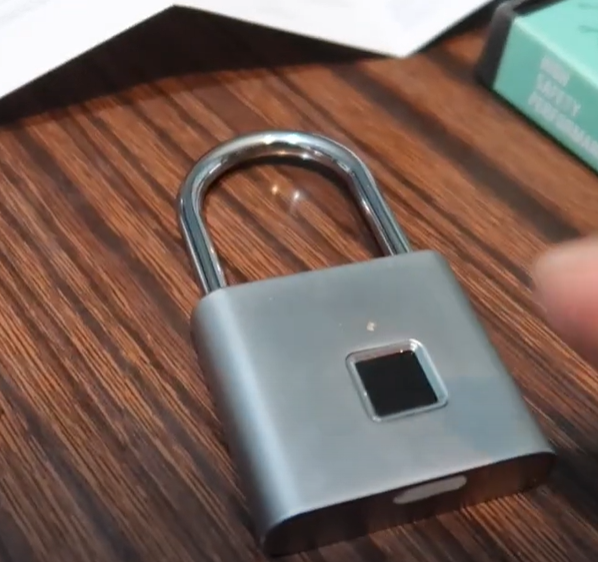
Biometric locks are a type of high-security lock that uses biometric data, such as fingerprints or facial recognition, to grant access to a space or object. In this article, we will explore what biometric locks are, how to use them, their benefits, and the cost involved.
What are Biometric Locks?
Biometric locks use biometric data, such as fingerprints, facial recognition, or iris scans, to grant access to a space or object. Biometric locks are often used in high-security settings, such as government buildings or financial institutions, where traditional locks may not provide sufficient security.
How to Use Biometric Locks
The exact method of using a biometric lock will depend on the type of lock you have installed. However, in general, biometric locks can be controlled in a few ways:
- Biometric Data: To gain access to a space or object, the user must provide their biometric data, such as a fingerprint or facial recognition.
- Backup Method: Some biometric locks may also have a backup method of access, such as a PIN or keycard.
Benefits of Biometric Locks
Biometric locks offer several benefits over traditional locks, including:
- High Security: Biometric locks offer a higher level of security than traditional locks. Biometric data is unique to each individual and is difficult to replicate, making it nearly impossible for unauthorized individuals to gain access.
- Convenience: Biometric locks are often easier to use than traditional locks. They eliminate the need for keys or keycards, which can be lost or stolen, and allow the user to gain access with their own biometric data.
- Audit Trail: Many biometric locks offer an audit trail feature, which records who accessed the lock and when. This can be useful for tracking access and identifying any security breaches.
- Customization: Biometric locks can often be customized to fit the specific needs of a space or object. For example, a biometric lock can be programmed to only allow access during certain times of the day or for certain users.
- Contactless Access: Biometric locks can offer contactless access, which can be particularly useful during the COVID-19 pandemic. Users do not need to touch any surfaces to gain access, reducing the risk of transmission.
Cost of Biometric Locks
The cost of biometric locks can vary depending on the type of lock and the level of security needed. Basic models start at around $200, while more advanced models can cost upwards of $1,000. Biometric locks with additional features, such as contactless access or real-time alerts, may also be more expensive.
It is important to note that while biometric locks may have a higher upfront cost than traditional locks, they can also provide long-term cost savings. Biometric locks can reduce the need for keys or keycards, which can be expensive to replace if lost or stolen. They can also provide insurance discounts, as they offer a higher level of security than traditional locks.
Conclusion
Biometric locks offer a high level of security and convenience, making them an increasingly popular choice for high-security settings. They can be controlled through biometric data and often have a backup method of access, such as a PIN or keycard. Biometric locks offer several benefits over traditional locks, including high security, convenience, an audit trail feature, customization, and contactless access. While the cost of biometric locks can be higher than traditional locks, they can provide long-term cost savings and insurance discounts.